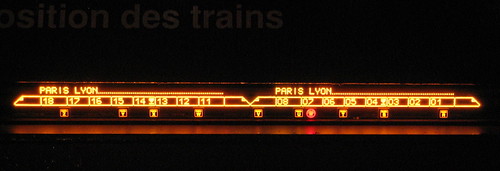
The growing support for the construction of a new high speed railway is to be welcomed, but it needs to be tempered by critical analysis of the travelling public's real travel needs. There is a danger that the funding will be drawn to the projects that will make the best headlines.
Most inter city journeys cover distances where travelling at 300 kph rather than 200 kph, or even 160 kph, results in relatively small savings in time but substantially higher costs. Nor do they start and finish in city centres. A high speed spine railway serving the main centres of population would need to be well integrated with local transport networks. The latter must be allocated a proper share of the total investment, so that the system as a whole will be tailored to the journeys that people actually make.
There is also a need for a debate about the loading gauge that the high speed network will be constructed to; future generations of travellers should not be saddled with trains built to the cramped British standard. If a new system is to be constructed, there is no need to accept old constraints. In countries such as Finland, where the railways were constructed to a more generous standard, the upper decks of the new double deck trains show what is possible when historic limitations are overcome.
Kommentarer